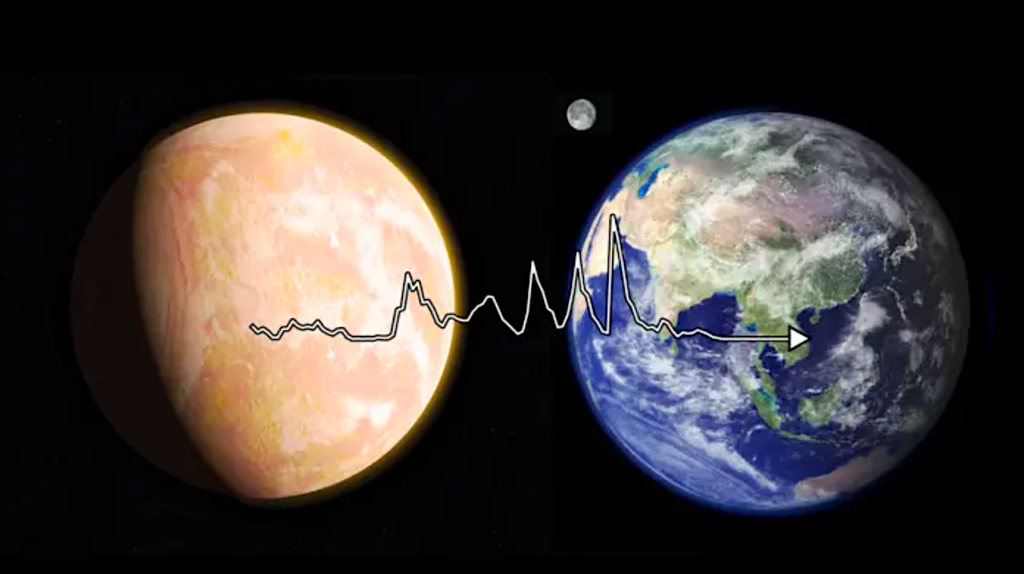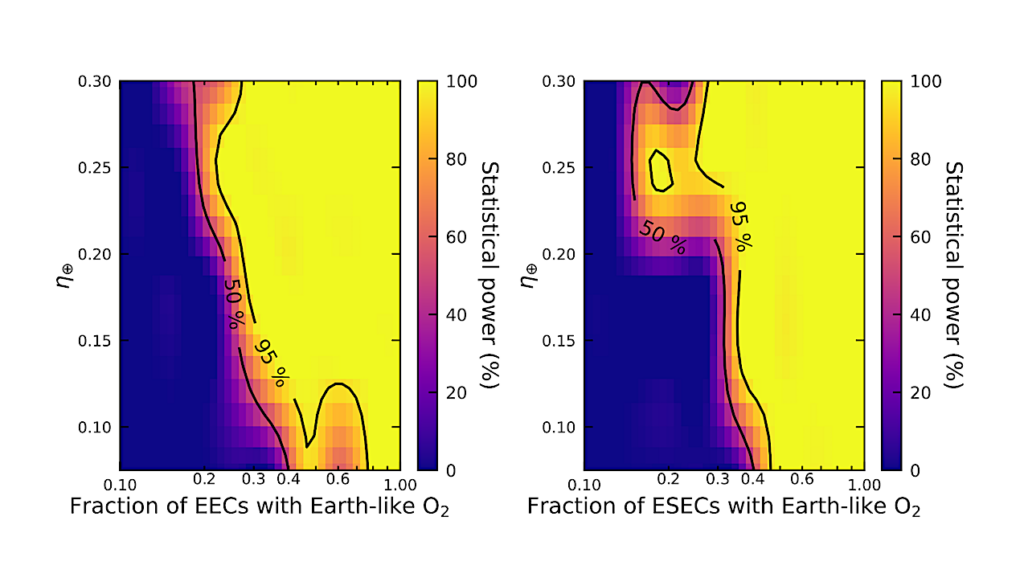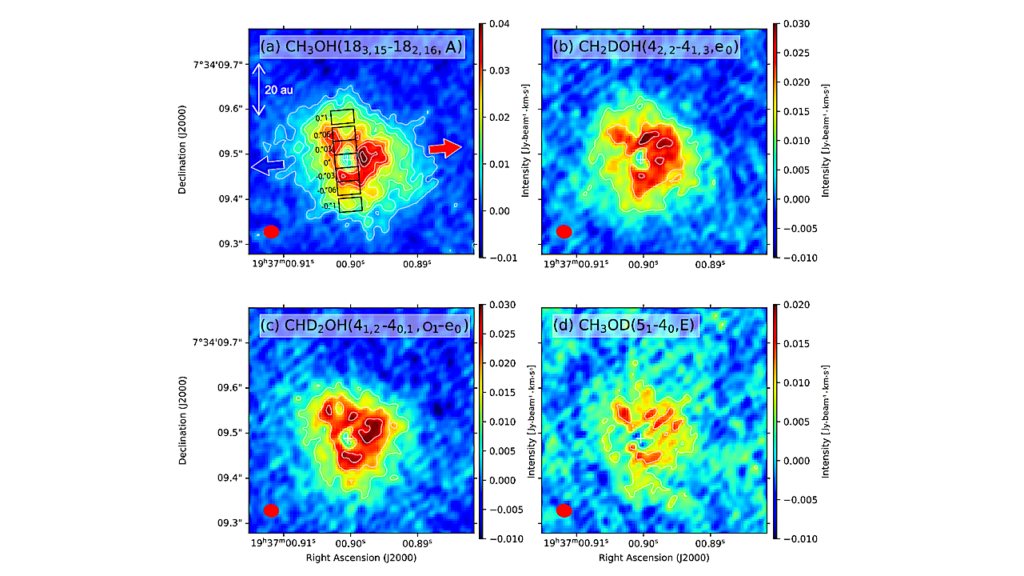Observation of Significant Photosynthesis in Garden Cress and Cyanobacteria under Simulated Illumination from a K Dwarf Star

Stars with about 45 to 80% the mass of the Sun, so-called K dwarf stars, have previously been proposed as optimal host stars in the search for habitable extrasolar worlds.
These stars are abundant, have stable luminosities over billions of years longer than Sun-like stars, and offer favorable space environmental conditions. So far, the theoretical and experimental focus on exoplanet habitability has been on even less massive, though potentially less hospitable red dwarf stars.
Here we present the first experimental data on the responses of photosynthetic organisms to a simulated K dwarf spectrum. We find that garden cress Lepidium sativum under K-dwarf radiation exhibits comparable growth and photosynthetic efficiency as under solar illumination on Earth.
The cyanobacterium Chroococcidiopsis sp. CCMEE 029 exhibits significantly higher photosynthetic efficiency and culture growth under K dwarf radiation compared to solar conditions.
Our findings of the affirmative responses of these two photosynthetic organisms to K dwarf radiation suggest that exoplanets in the habitable zones around such stars deserve high priority in the search for extrasolar life.

Cyanobacterium Chroococcidiopsis sp. CCMEE 029 on BG-11 Agar plate under solar, K dwarf and dark conditions. (a) Day 13 after the start of the experiments. The drops correspond to an initial optical density of ~0.7 at 730 nm. The solar Agar plate contains row “B,” which corresponds to an initial optical density of ~0.5, and which was not used in the analysis. (b) Binary version of the images in (a). White pixels have been selected through a color threshold. The red circles depict the regions of interest (ROI), i.e., the drops for which the photosynthetic efficiencies and culture densities were determined. — astro-ph.EP
Iva Vilović, Dirk Schulze-Makuch, René Heller
Subjects: Earth and Planetary Astrophysics (astro-ph.EP); Other Quantitative Biology (q-bio.OT)
Cite as: arXiv:2405.19180 [astro-ph.EP] (or arXiv:2405.19180v1 [astro-ph.EP] for this version)
Submission history
From: Iva Vilovic
[v1] Wed, 29 May 2024 15:21:45 UTC (9,809 KB)
https://arxiv.org/abs/2405.19180
Astrobiology








